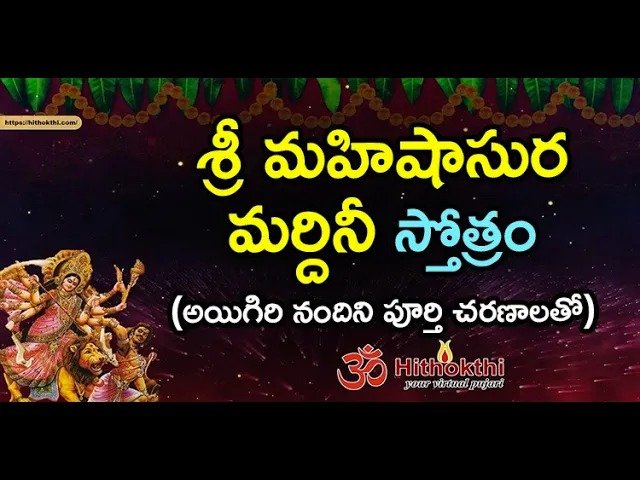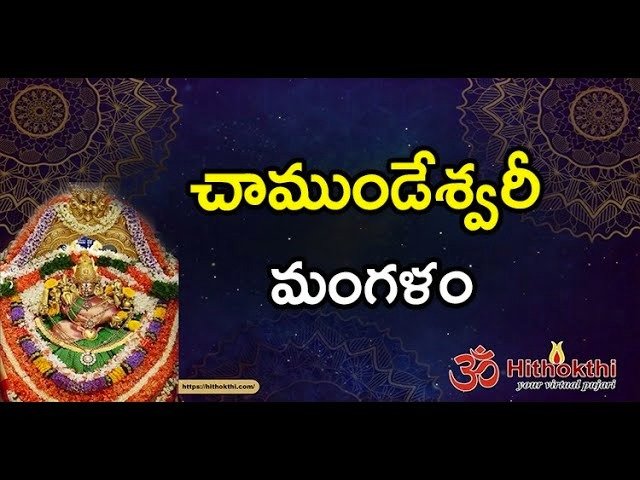Madurai: A City Of Legends And History

Madurai, July 3, 2013: Forty kilometres from Madurai at T.Kallupatti, a right turn from the bus stand takes you to the foothills of Devankuruchi and a Siva temple. The hillock preserves 6,000-year-old history and a 600 years old legend unperturbed by the din and bustle of the surroundings.
Apart from a 12th century Shiva temple, Jain sculptures, wells, ponds, inscriptions and a ‘hero stone’, Devankuruchi is a goldmine of archaeological wealth for exploration.
An archaeological excavation in 1976-77, revealed that Devankuruchi was a human habitation even 6,000 years ago. People belonging to middle Stone Age lived here. Polished microlithic stone implements were unearthed during the excavation. People belonging to iron and chalcolithic ages are also believed to have lived here as is evident from the presence of iron and copper implements at the site.
The presence of 2,000-year-old black and red wares, stone beads, bangles made of conch shells and burial urns prove the existence of megalithic culture also. During the historical period both Jainism and Saivism flourished in the area which is evident with the presence of Jain sculptures and Siva temple.
The present Siva temple named ‘Sri Agnieswarar, Gomathi Amman Temple’ was constructed during the later Pandya period (12 – 13 CE). Later, it was fully renovated and reconstructed during the Nayak period. Tamil inscriptions belonging to Maravarman Sundarapandyan (1216 CE -1238 CE) has details about donations made to the temple. “According to the inscriptions, the ancient name of the temple is ‘Thiruvatreswaramudaiya Nayanar Temple.’ The name of the village is ‘Perungundrur’ which was under the geographical division of Sengudi,” says senior epigraphist Vedachalam.
Though the Jain temple was ruined, Jain sculptures found around the temple reinstates its presence. Now, Mahavira figure in the sitting posture is found at the backside of the temple and one in a standing posture is found inside a stone well.
At the foothills, a Nayak period hero stone was established in remembrance of a hero who was killed while fighting a tiger. There are two ill-maintained temple tanks and wells. Besides, there are sannidhis of Gomathi Amman, Navagriha, Hanuman and other subsidiary deities.
Once in two years Devankuruchi hosts a unique festival in which six other villages join. According to a 600-year-old legend, a woman and her six daughters from Bellary in Andhra Pradesh reached the village running away during Nawab’s invasion.
The village was reeling under severe drought at the time and the woman and her daughter’s arrival helped it to regain its prosperity. As a token of gratitude the villagers asked the family to stay with them.
Later the family of seven women revealed themselves to be children of God and immolated themselves with a request that the villagers sprinkle their ashes around nearby villages namely Devankuruchi, T.Kallupatti, Vannivelampatti, Ammapatti, Kadaneri, Papadipatti or Kilankulam and Chatrapatti.
In commemoration of this sacrifice, villagers from 48 villages come together to the mother village, Devankurichi. Irrespective of their caste, creed and religion, the villagers celebrate the festival once in two years.
“Six other villages have become the abode of one girl child and each of them makes its temple cars which are then taken around in a descending order. Idols of all the seven women are made at Ammapatti,” says S. Rahothama Rao, chairman Seven Villages Temple Committee. “This self-disciplined festival gives equal importance to women who volunteer to carry the temple cars,” says R. Sampath, the committee secretary.
Source: The Hindu, DT. July 3, 2013.







